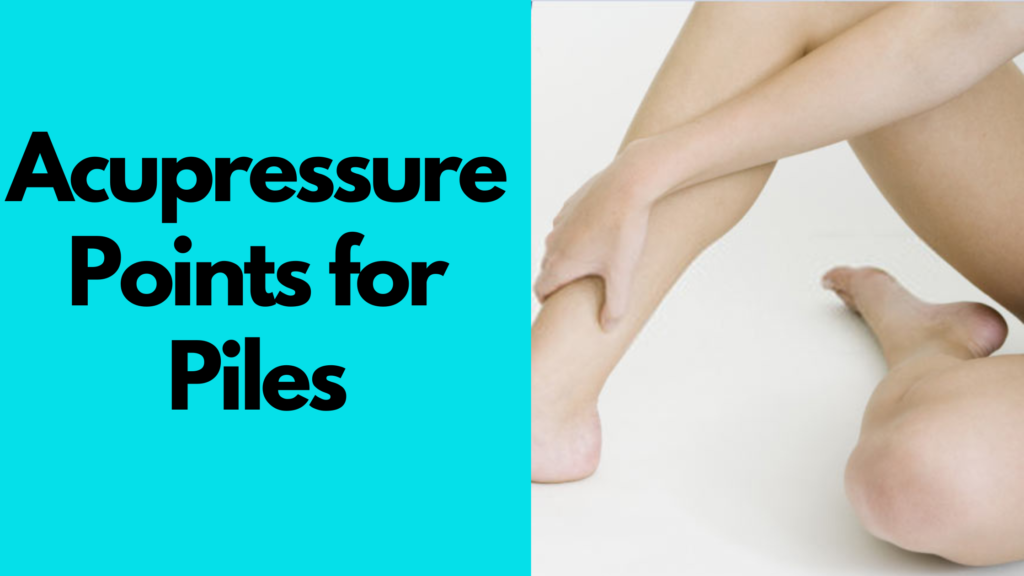
Acupressure Points for Piles
- admin
- 0
- Posted on
Acupressure is a therapeutic practice that has been used for centuries to address a variety of health issues, including piles.

Acupressure points for piles are specific areas on the body that, when stimulated, can help relieve pain, reduce inflammation, and improve overall circulation.
This natural treatment approach can be a valuable addition to your pile management routine. In this blog, we’ll explore effective acupressure points for piles that may provide relief from the discomfort associated with this condition.
What Are Piles?
Piles, also known as hemorrhoids, are swollen blood vessels in the rectum or anus.
They can cause discomfort, itching, and even bleeding. While medical treatments are available, many people seek alternative therapies like acupressure for a more holistic approach to managing their symptoms.
How Does Acupressure Help with Piles?
Acupressure works by applying pressure to specific points on the body, stimulating energy flow and promoting healing.
By targeting certain acupressure points for piles, you can help alleviate pain and inflammation in the affected areas. The practice is non-invasive, cost-effective, and can be done at home with minimal effort.
Effective Acupressure Points for Piles
One of the most well-known acupressure points for piles is Large Intestine 4, also known as the “Hegu” point.
Located between the thumb and index finger, this point is known to help relieve pain, promote circulation, and reduce inflammation.
Applying gentle pressure to this point may provide relief from the pain associated with piles.
Spleen 6 is another important acupressure point for piles. It is located on the inner side of the lower leg, about four finger widths above the ankle bone.
Stimulating this point can help improve digestive health and alleviate symptoms related to piles, including bloating and constipation.
Ren 12, or “Zhongwan,” is located on the midline of the abdomen, approximately halfway between the belly button and the breastbone.
Stimulating this acupressure point for piles can help relieve digestive issues and improve the functioning of the digestive system, which is vital in preventing constipation—a common cause of piles.
Bladder 57 is another key acupressure point for piles, located on the back of the calf muscle, midway between the knee and ankle.
Applying pressure to this point can help reduce pain and inflammation associated with piles, while also improving blood flow to the rectal area.
Located on the top of the foot, between the first and second toes, Liver 3 is a potent acupressure point for piles.
Stimulating this point helps promote blood circulation, relieve stress, and regulate liver function, which can help reduce the risk of developing piles.
How to Use Acupressure for Piles
To effectively use acupressure points for piles, follow these simple steps:
Locate the Points:
Identify the acupressure points for piles listed above on your body. If you’re unsure of their exact location, consider seeking advice from a trained acupressure practitioner.
Apply Pressure:
Use your thumb or fingers to gently press on the identified points. Apply moderate pressure, enough to feel a slight discomfort, but not pain. Hold the pressure for 30-60 seconds, then release. Repeat this several times a day for optimal results.
Consistency Is Key:
For effective relief, consistency is essential. Regularly applying pressure to the acupressure points for piles may help improve symptoms over time.
Additional Tips for Managing Piles
While acupressure can provide relief, it should be combined with other measures to effectively manage piles. Here are a few tips to enhance your treatment:
Stay Hydrated: Drinking plenty of water can help soften stools and prevent constipation, which can worsen piles.
High-Fiber Diet: Eating fiber-rich foods can help prevent straining during bowel movements, reducing the risk of piles.
Exercise Regularly: Engaging in regular physical activity can improve circulation and promote healthy digestion.
Conclusion
Acupressure points for piles offer a natural and effective way to relieve pain, reduce inflammation, and promote better circulation in the affected areas.
By incorporating acupressure into your daily routine, you can help manage the symptoms of piles and improve your quality of life.
Remember, consistency is key when it comes to acupressure, so be patient and persistent in applying pressure to the points for the best results. If your symptoms persist or worsen, consult with a healthcare professional for further treatment options.
Incorporating acupressure points for piles into your treatment plan can be a safe and non-invasive method of managing this condition, alongside other lifestyle changes.